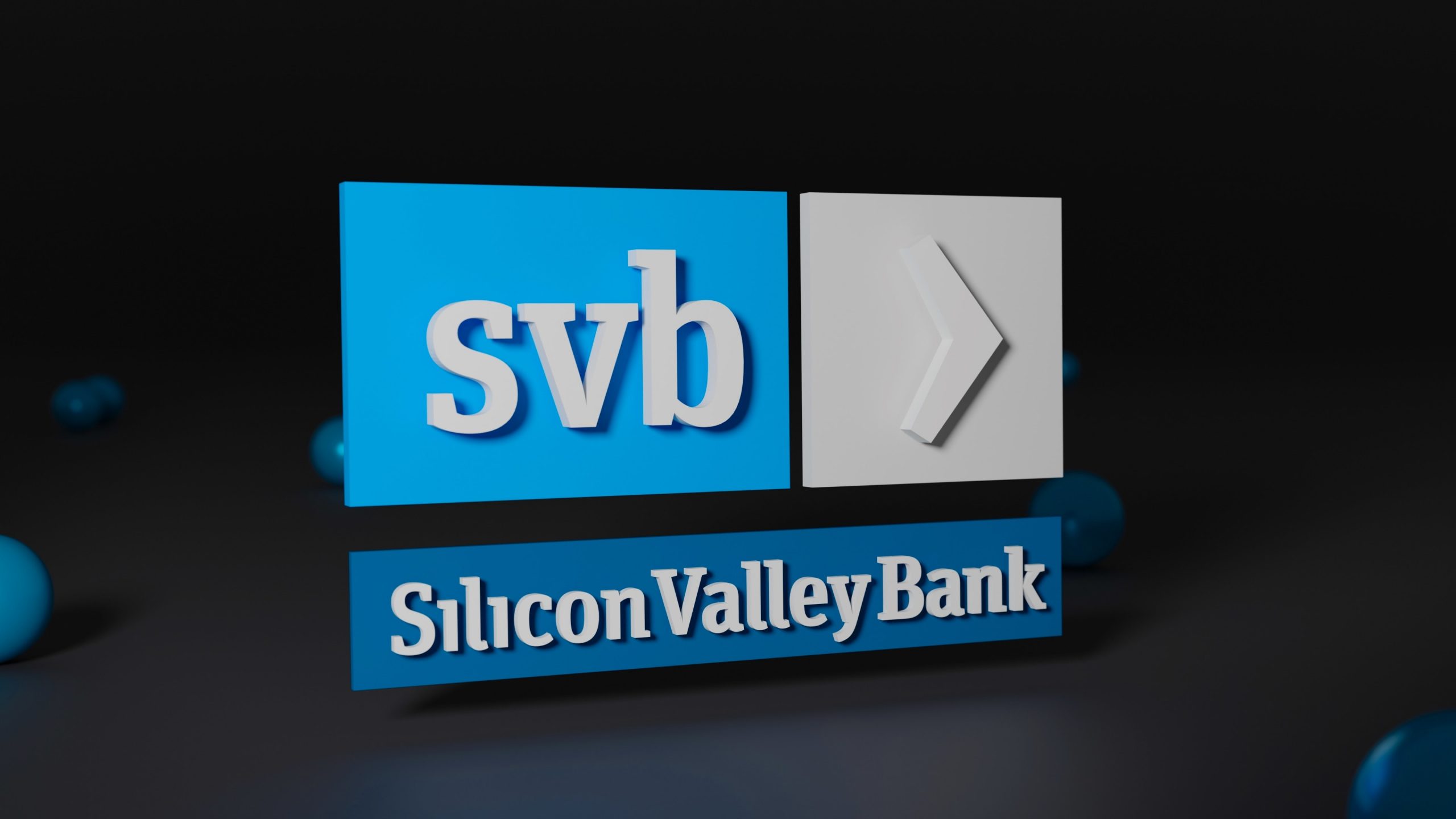Much has been written about the need for a board of directors of an Alternative Investment Fund Manager (AIFM) to ensure the risk management function is hierarchically and functionally separate from the portfolio function (AIFMD ). In addition the risk management function must be able to identify, measure, monitor and manage all risks at all times. Pretty wide ranging requirements. How does a board get started?
The primary starting point for the board in this regard should be determining the risk appetite of the fund and thereafter determining the risk management limits, policies, escalation procedures and potential remediation actions consistent with that appetite for risk. The appetite the board has for accepting risk must be consistent with the fundamental investment objectives of the fund. For example setting a VaR limit of no more than 5% (1-day 99% confidence) may be incompatible with an emerging market equity fund; likewise a 20% VaR limit is inappropriate for a money market fund. A thirty times gross leverage limit is obviously inappropriate for a widows and orphans income fund but may be appropriate for a dividend arbitrage fund or a fixed income relative value fund. It goes without saying that the risk objectives must be clearly outlined in the constitutional documents of the fund such as the prospectus and it should be clearly communicated to investors if this risk tolerance changes.
The board must adopt a culture of progressive risk management and set the “tone from the top” from the very outset. A good starting point is to adopt a top-down approach assessing the level of risk the board is comfortable exposing the fund to. This requires buy-in from the investment manager (and ideally the risk management function, but at the end of the day it is the risk managers job to implement the agreed risk policies). This top down approach will have regard to the external regulatory environment such as AIFMD, local regulatory rules (eg listing rules) and perhaps local rules (e.g. environmental regulations for a REIT perhaps).
Once the board has agreed an appropriate risk management process this must be thoroughly documented in the Risk Management Policy of the Fund and cross referenced to the Programme of Activity of the fund. Key risk indicators (KRIs) should be identified for each principal risk and must be used to monitor risk exposures on an on‐going basis to ensure that the activities of the fund remain within agreed risk parameters. Risk registers may need to be kept where operational risk is high. The board should have well documented escalation and remediation policies in place that need to be both effective and flexible enough to have regard for the constantly changing investment landscape and uncertain nature of global financial markets.
___________________________________________________________________________________________________
Since we wrote this the Central Bank of Ireland has published a discussion paper on risk appetite
Get in touch
Please contact us if you would like to learn more about our solutions




